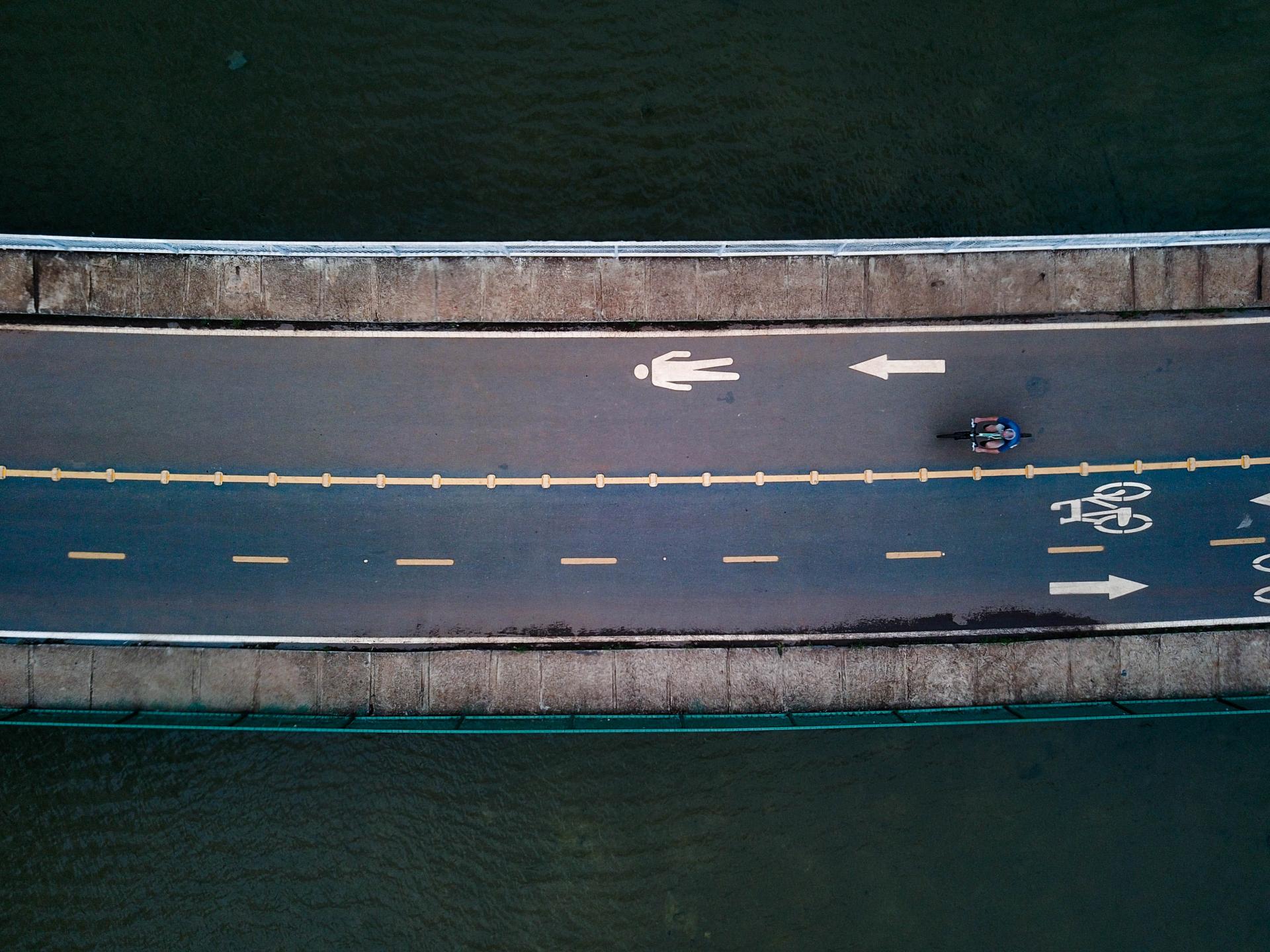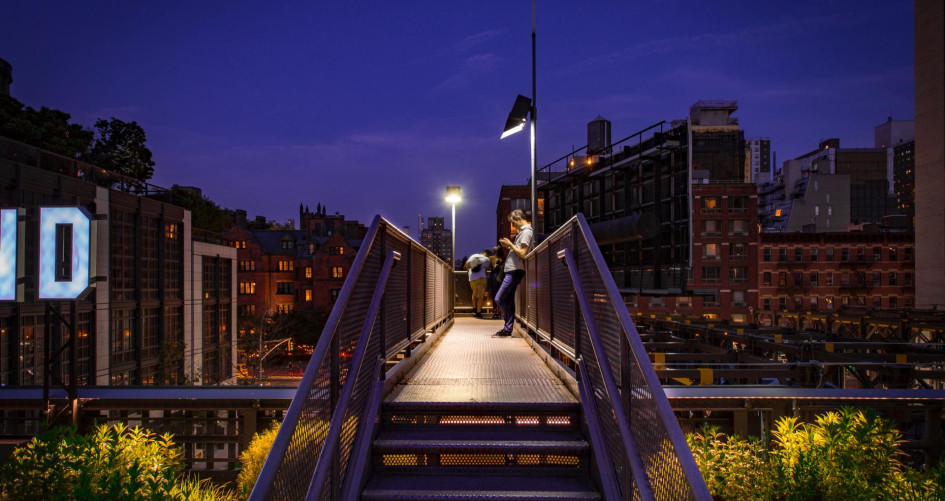Cities only cover 2% of the world’s surface, yet they consume 78% of the world’s energy and produce more than 60% of greenhouse gas emissions. And with the UN estimating that 68% of the world’s population will live in urban areas by 2050, it is vital that we change the way our cities function. The good news is that more than 10,000 cities have made commitments to reduce their carbon emissions by 2050. So, what are the steps our cities need to take to ensure they move towards a climate-neutral future?
Build Better (Or Retrofit)
Energy inefficient buildings make a big contribution to climate change, and so it is important we make our buildings more carbon-efficient, or – even better – zero-carbon altogether. While redesigning and retrofitting buildings isn’t cheap, it results in large emissions reductions, an important part of the mix of global climate actions that need to be taken in order to meet the Paris Agreement targets. The good news is that in 2019, spending on energy-efficient buildings increased for the first time in three years, according to one report.
Embrace Green Public Transport
The way we travel and commute in a city has a huge impact on carbon emissions, so it is vital that cities around the world introduce green public transport. Cities can learn from other cities in this regard. For example, in Santiago, authorities made it more attractive for private bus operators to invest in electric buses by ensuring the buses were leased and run by the public transport authority, a public-private partnership model which has resulted in Santiago having the largest fleet of e-buses in the world outside of China. And even when public transport isn’t green, it is still a better alternative than a private car. For example, traveling on the London Underground is responsible for about a sixth of the equivalent car journey emissions, according to UK government figures. Cities then should encourage public transport usage through subsidized tickets, or even free journeys.
Go Green
Green spaces aren’t just good for the environment, they are good for our mental and physical health. Studies have shown that access to nature improves our wellbeing and ensures happier, healthier citizens. The focus need not just be on parks but on ensuring that public spaces are dotted with greenery (such as planters, vertical gardens, and trees, ‘pocket parks’, greenways, community gardens and green roofs). Multi-sector collaboration is important, so that stakeholders such as local authorities, businesses and local residents are consulted. That way our green spaces will be suited to the diverse groups that make up our cities.
Encourage Walking
In many cities, paths are narrow and blocked by all manner of obstructions (from sandwich boards to random poles), while pedestrian crossings favour drivers over pedestrians. Walking is often seen as the most dangerous way to get from A to B (indeed the World Health Organization estimates 270,000 pedestrians are killed every year), so it is vital that cities make walking safer. Things are changing: for example, new pedestrian crossing technology such as ‘puffin crossings’ (which can detect slower pedestrians and ensure the pedestrian light stays greener longer) are more pedestrian-responsive and make walking through the city easier; while cities such as Manchester have introduced extensive ‘walking networks’ of safer, more protected paths where pedestrians have priority. These sorts of projects are particularly important in cities where the majority of short journeys are done by car (in England, for example, 60% of 1-2 mile trips are made by car), in order to reduce car usage. In short, cities – particularly city centres – should focus on pedestrians rather than cars, through infrastructure changes, public health campaigns and the improvement of pedestrian safety.
Encourage Cycling
Just as walking is often quite difficult in many of the world’s cities, cycling too is often a dangerous activity, with city planners traditionally giving priority to cars. Yet the benefits of increased cycling is huge: a 2015 IPCC study showed that a 20 per cent increase in cycling worldwide would “cut carbon dioxide emissions from urban passenger transport by nearly 11 per cent by 2050.” Luckily then, many cities are encouraging cycling, with cities such as Copenhagen (see its Farum cycle superhighway for an example of great cycling infrastructure) and Amsterdam introducing dedicated cycling infrastructure, such as secure bike parking and cycle lanes. City bike schemes (both with traditional and e-bikes) have also been introduced worldwide with great success, and with more and more bike-sharing schemes being introduced globally every year, more and more of us are taking to two wheels.

Adapt to Electric
While many of us are switching to electric vehicles, its vital that our cities do the same, primarily by building the charging infrastructure needed, both in city centre and in suburbs. Cities can also introduce financial incentives to increase take-up and introduce reserved parking spaces for electric vehicles. It is only when we make electric vehicles more convenient than traditional petrol/diesel powered vehicles that we will see exponential adoption, and all the benefits to the environment that it will result in.
Smart Water Use
Water resources globally are under huge pressure and as cities expand, their demand for water will increase (The OECD estimates the global demand for water will increase 55% by 2050), so it is hugely important that cities sustainably manage urban water supplies and improve and expand urban water infrastructure, by investing in ‘smart water’ solutions. Water can also be used as a cooling system for cities. For example in Hong Kong, one development uses a seawater-based district cooling system, achieving 35% more efficiency than a standard air-cooling system.
As you can see, there are multiple ways cities can take climate action. If you are interested in what your city is doing, contact your local authorities or representatives; ask them what your city is doing to take climate action and suggest more changes that could be made.
